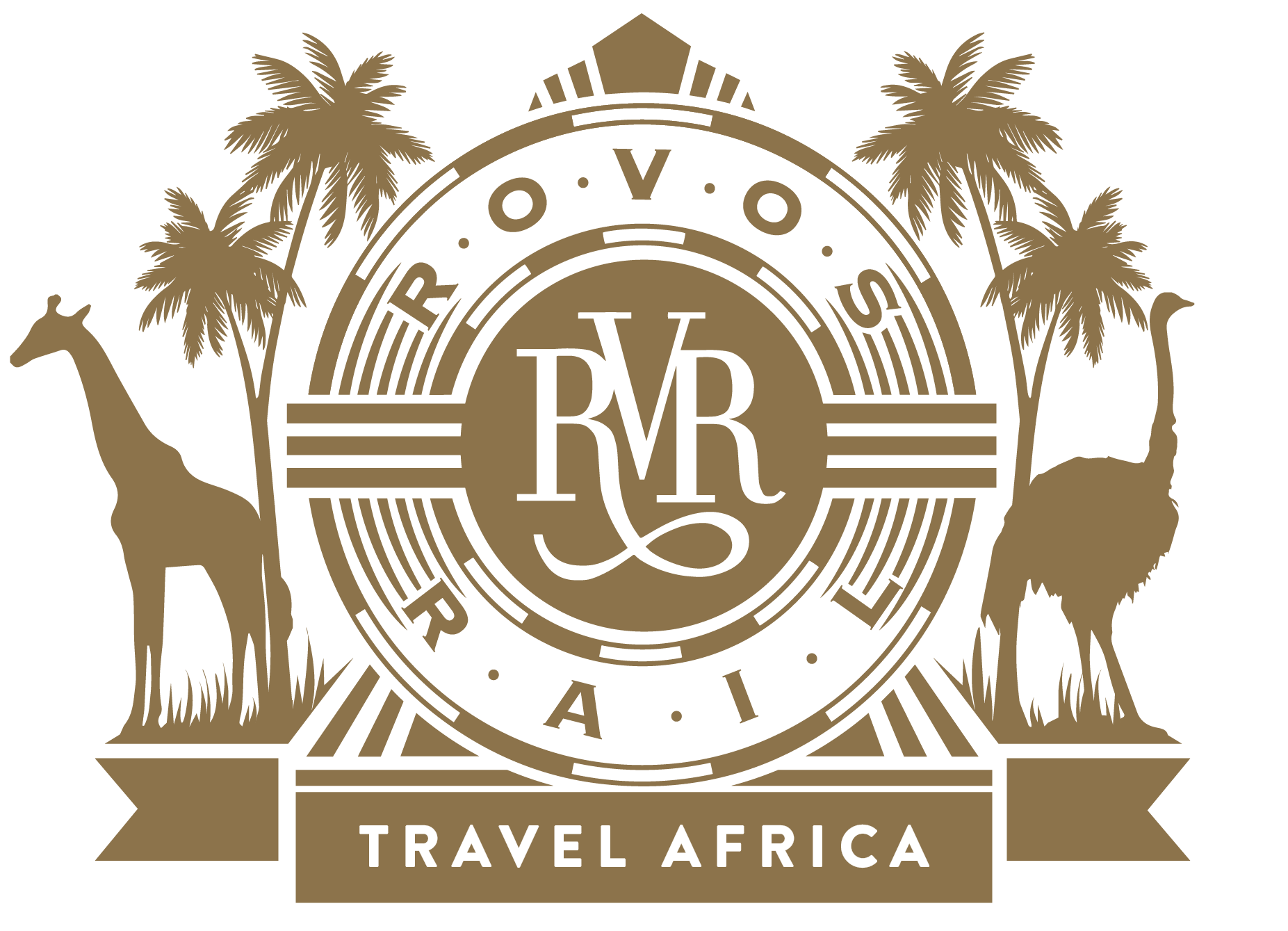The rich and fertile Portuguese-speaking country of Angola has a complex and fascinating history with a tour de force of railway engineering, the Benguela Railway. The vision of the Benguela Railway and its subsequent construction emanated from the mind of a remarkable Scotsman by name Sir Robert Williams. A mining engineer by training, he was an acolyte of Cecil John Rhodes, the founder of De Beers and British imperialist of the Scramble for Africa that took place after 1884. With the discovery of the vast copper deposits of Katanga and the Northern Rhodesian (Zambian) Copperbelt after 1898, Williams got it into his head to connect the Copperbelt with the Atlantic Ocean. He obtained permission from the Portuguese king in 1903 and construction began.
The marine technology of the 19th century advanced to build ever-larger ships so although Benguela was a substantial town and harbour, it was too small and shallow to accept them. Just 36km north of Benguela is a long spit of sandbank sheltering a vast bay known as Lobito, a deep, modern port that can receive ships of almost any size. Thus, in fact, although always and still called the Benguela Railway (Caminho do Ferro de Benguela or CFB), the railway begins and ends in Lobito. Moreover, after major alterations to the track in 1949 and 1972, Benguela is now bypassed altogether by the CFB and a “shortcut” is taken between Catumbela and Lobito. The railway was shortened by 44km.
The construction of the railway was about 95% done by the firm of Pauling & Co., a famous railway construction company closely linked to Cecil John Rhodes. There is a chapter in George Pauling’s autobiography dealing with the CFB – The Chronicles of a Contractor: Being the Autobiography of the Late George Pauling. The Chief Engineer for the construction was Englishman H. F. Varian. His memoir, Some African Milestones, contains fascinating insights into the delays of all kinds whether geographical, technical, financial or political. The first three years saw only 36km of track completed! The transition from the sandbelt into the interior required the building of a steep rack railway. Between 1913 and 1919 not a single kilometre of track was laid owing to financial difficulties and World War I.
Eight years later, in 1927, they finally reached the border with the Belgian Congo (DRC). It was then, however, that Portugal and Belgium decided to exchange chunks of land between them. Portugal gave Belgium a small sliver along the mouth of the Congo River to facilitate railway building in the Belgian Congo, and the Belgians gave the Portuguese a large piece (3 000km2) precisely along the route of the CFB. The result was that, after having reached the old border at Luacano in 1927, Pauling & Co. was told to build an extra 110km/65mi eastwards to the new border at Luao at an additional cost of £250 000. This was reached on 28 August 1928.
The railway was then extended inside Belgian territory eastwards 740km/460mi to make a junction at Tenke with the southerly “Cape-to-Cairo” railway, all on the gauge of 1 067mm/3’6”. To avoid having to import expensive coal, they decided that the locos would be wood-burning so, all along the track, they planted sizeable Australian Eucalyptus plantations as the tree is a fast grower and a high-calorie energy source. Only on 10 March 1931 did the CFB finally join the Belgian railway at Tenke and the official opening could take place.
In July 1931, the first cross-Africa train travelled from Lobito to Beira in Mozambique via the Victoria Falls and Salisbury (Harare). All the cobalt and uranium required for the construction of the Manhattan Project (the building of the first atomic bombs in New Mexico before 1945) was transported along the CFB from Katanga (Shaba) to Lobito. The CFB became the largest single employer in Angola, employing in its heyday over 13 000 workers.
Between November 1975 and 2014, the CFB stopped operating due to the Angolan civil wars. With the assassination of Savimbi in 2002, peace was brought to the wreck of the CFB. In 2007, Chinese railway engineers got to work and seven years later completed a full rehabilitation of the CFB costing an estimated US$2 billion. Sixty-seven pink-and-white stations were rebuilt along the line of the original track crossing over 42 bridges and 2 011 culverts – and to that must be added the risks of tropical diseases and landmines.
On 13 August 2014, the new Benguela Railway was completed, which is why Rovos Rail is now in a position to travel all the way to Lobito. Since the replacement in 2017 of Dos Santos, president of Angola for almost 40 years, Angola has opened itself up to the big, wide world. The visa regime has changed from a Soviet-style one to a more liberal one. Non-oil investments are now welcomed into Angola without having to pass through the eye of the president’s needle. Things are looking up for Angola and the first-ever journey by Rovos Rail to the country is perhaps both a symbol and a harbinger of better things to come.
Journeys: Trail of Two Oceans, Copper Trail
